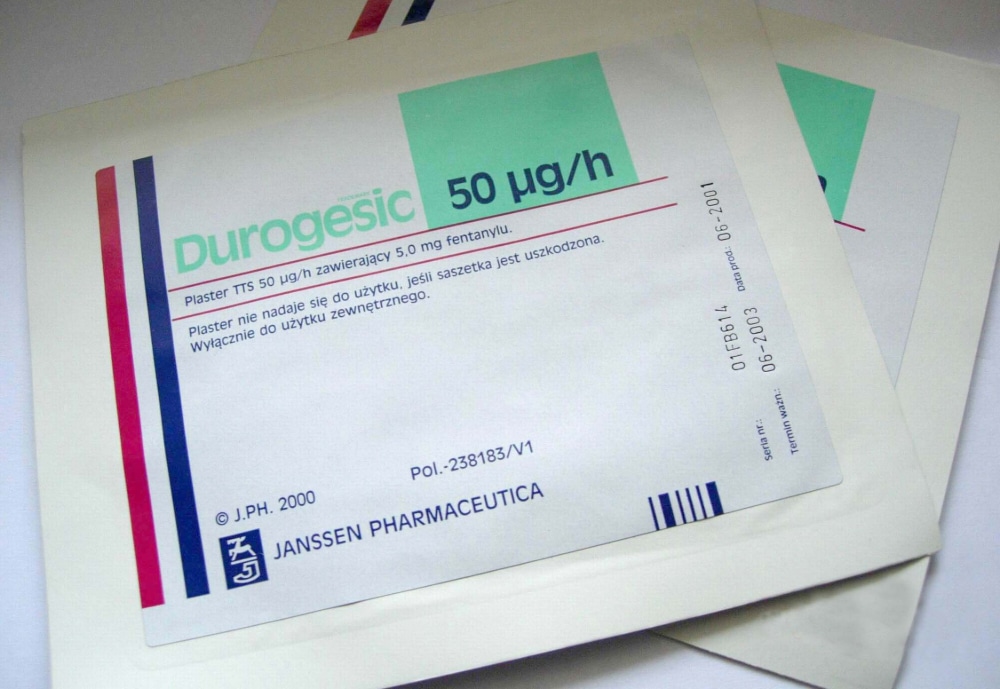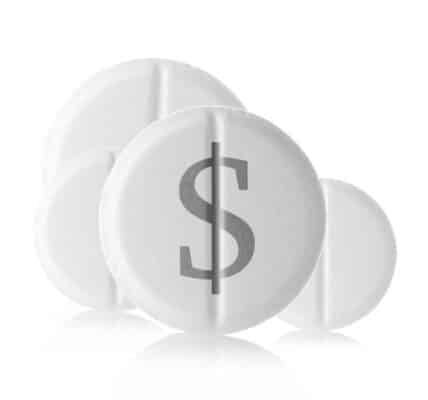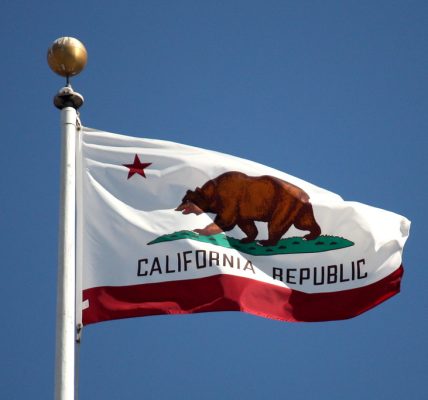The Origins of the Opioid Epidemic: The Johnson & Johnson Story

The conventional wisdom on opioid use disorder (OUD) is that the drug’s users brought this plague upon themselves. Maybe they were prescribed opioids for pain, then got hooked on them. But they lacked the moral character to resist the lure of opioids once they were no longer needed for pain. When the pain comes, not from injury, but from the absence of opioids, is where the addiction starts.
This is essentially the plot of the 1988 film, BIRD, about Charlie Parker, directed by Clint Eastwood and starring Forest Whitaker. The brilliant alto saxophonist from Kansas City, Missouri, was injured in an automobile accident and prescribed opioids for the pain. He became hooked on heroin, and rather than receiving addiction treatment, he had his permit to play in nightclubs taken away and was hounded by police until his death from an overdose at age 34.
The drug user is portrayed as an out-of-control, hedonistic fiend in this version of events. Now let’s look at this from a different angle. Let’s say you’re the maker of the opioids in this scenario. And you have test results showing your products should not be prescribed long-term for pain because they are so addictive. But you decide that the profit potential of millions of people addicted to your product is just too good to resist.
Welcome to the story of Johnson & Johnson, the humble pharmaceutical giant and subject of a new investigation in The New Republic. J&J is the company that brought us Johnson & Johnson’s Baby Powder, which contains cancer-causing arsenic and was discontinued in 2020. It is estimated to be “a factor in 2,500 cancer diagnoses and 1,500 cancer deaths every year,” according to The New Republic. J&J did not stop selling the product outside the United States until 2023.
An estimated 30,000 people are hospitalized every year from overdosing on acetaminophen, sold by J&J under the brand name, Tylenol. One hundred and fifty Americans die from it every year, writes The New Republic. J&J’s drug, Procrit, is estimated to have caused the premature death of hundreds of thousands of cancer patients, according to the article, which is based on the new blockbuster book, No More Tears: The Dark Side of Johnson & Johnson.
When you see the way that J&J targeted the market for addictive opioids, you can see how the victims of their scheme — those whose opioid addiction was the result of their prescriptions — should qualify for free addiction treatment for the rest of their lives. J&J made a fentanyl patch they knew was deadly, according to the FDA:
52 people died in their sleep hours after putting the patch on their bodies.
Gardiner Harris, public health reporter for The New York Times and author of No More Tears, explains that, instead of withdrawing the deadly Duragesic fentanyl patch, the company doubled down on its efforts to get it prescribed for common pain. They “compiled maps with the locations of the country’s most ‘pain-sensitive’ doctors, i.e., pill mills.” They hired the consultants, McKinsey, who advised them to market the patch for chronic back pain and “target high abuse-risk patients,” mostly men under the age of 40.
These “strategies ensured soaring addiction and death rates” Harris writes. In 2021, J&J settled a suit brought by attorneys general, agreeing to pay out $5 billion over nine years. Does this money go to offer lifetime addiction treatment to those who became addicted due to J&J prescriptions? No, of course not. It goes to attorneys, and then to states that mostly do not offer free OUD treatment and instead spend the money on other things such as research, educational campaigns, and enhanced law enforcement.
Technically, states are allowed to use the funds for anything that can be described as “opioid treatment, prevention, and recovery programs.” You can track how the opioid settlement funds are being spent in your state at the Kaiser Family Foundation’s Opioid Cash Tracker, which claims to show how every cent is being spent. J&J may be off the hook for the opioid epidemic, but not so the cities and counties that will be footing the medical costs for decades to come.
Written by Steve O’Keefe. First published May 20, 2025.
Sources:
“A Devastating New Exposé of Johnson & Johnson Indicts an Entire System,” The New Republic, May 12, 2025.
No More Tears: The Dark Side of Johnson & Johnson, by Gardiner Harris, published by Penguin Random House, 2025.
“$26 Billion Agreement with Opioid Distributors/Manufacturer,” National Association of Attorneys General, July 21, 2021.
Image courtesy of Wikimedia Commons, used under Creative Commons license.




